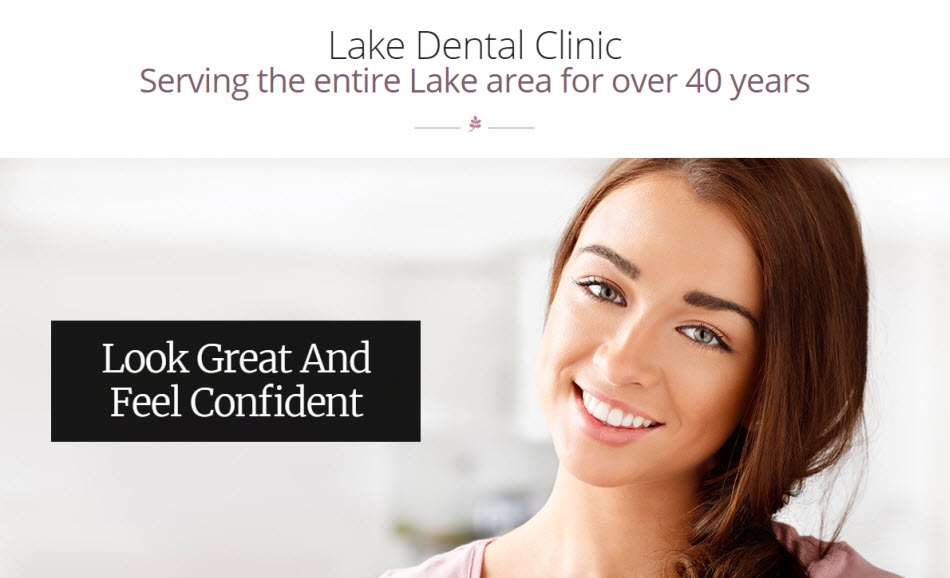You probably already have a sizable list of foods you know to be bad for your teeth: soda, coffee, and candy. However, what about the crackers you set out as hors d’oeuvres? Even without extra-sweet ingredients added in, bread and related snacks are full of carbohydrates – that is, sugar – and their crumbly, dissolvable nature means that these bacteria-feeding carbs get stuck to your teeth. Alcohol, not counting the sugar it is often made of or mixed with, will dry out your mouth; dry mouths are the perfect environment for bacteria. Even the cough drops you take for colds and the flu not only have sugar in them, but also expose you to that sugar over a long period of time. Cough syrup, despite having similar amounts of sugar in it, is quickly swallowed and doesn’t expose the teeth to that sugar too long. Simply put, too many holiday edibles encourage the decay of your teeth.
Not to worry! Lots of holiday foods diminish, if not reverse, the damage other foods can do. Two common party snacks, for example, are meat and cheese. The calcium and proteins provided by meat and cheese can actually strengthen your teeth and gums. Nuts, like meat, also provide your mouth with a burst of protein and saliva production that help defend your teeth from bacterial build-up. Instead of sweetened cranberry sauce in your dishes, try using fresh cranberries; they can interrupt the bonding process of the decadent bacteria. Though dried fruit is a bad idea, crunchy fruit and raw vegetables can help scrub plaque off of your teeth.
The holidays and their traditions are fast approaching. If you eat too much of the wrong kinds of traditional foods, or you find yourself chewing on that food for a long period of time, your teeth can suffer. However, holiday tradition have also given us a lot of food to protect and strengthen our teeth as well. So, when planning out the next holiday party or dinner, keep these foods in mind. They may just save your smile.


